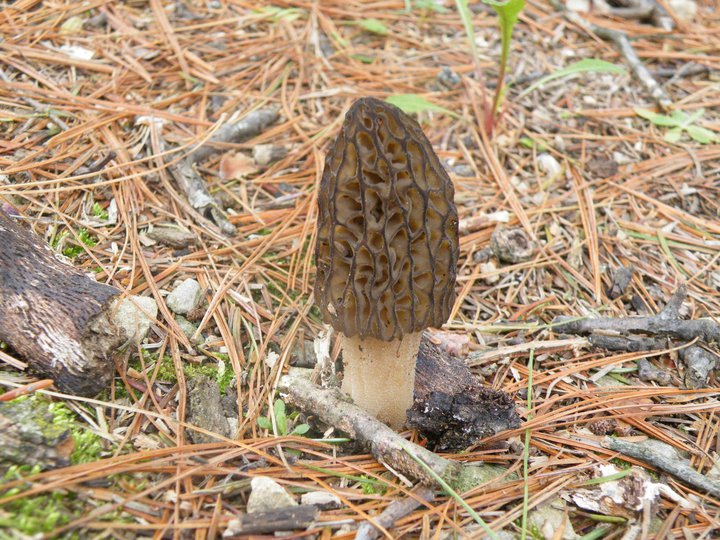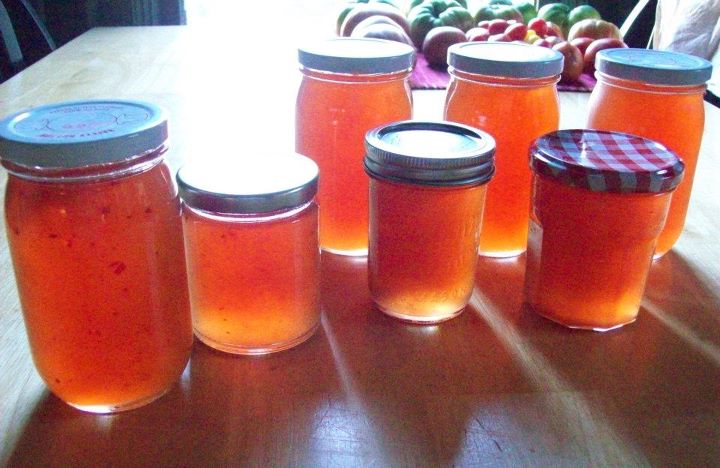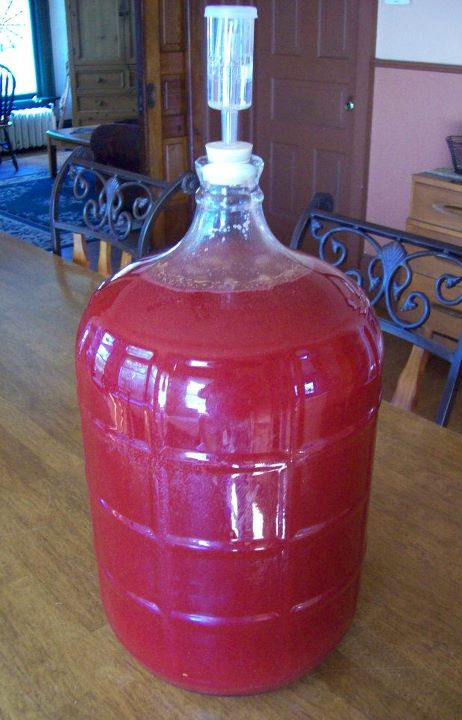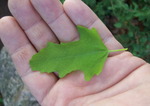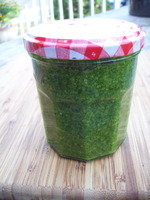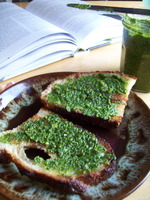Ramp pesto
 Saturday, March 24, 2012 at 11:46AM
Saturday, March 24, 2012 at 11:46AM My Dad phoned me yesterday while he was out on one of his local exploring mini-expeditions. "I found a place covered with wild onions. They're all over." "Already?" I replied. "It's little early yet." I have my spots that I start checking around this time of year and thus far no ramps have made an appearance.
"Where are you?" I asked. He told me and I said, "Well, why don't you come get me and we'll have a look?" He was a bit further inland than where I begin looking for the dagger-shaped leaves around this time of year, enough so that the cool Lake Michigan temperatures weren't a factor in slowing spring growth like they are closer to the lake.
I retrieved a couple of bags, my old digging knife and a camera and waited for my Dad to show up. Upon arriving at the place he had found I had to admit that he had indeed come upon a good location for spring ramps ("wild onions" to Dad). Although they were still relatively small in size they were growing thickly, with little bunches more or less uniformly covering a pretty large expanse of ground.
Young ramps bursting through the earth in early spring.
I was excited and harvested just a couple of handfuls-worth, while planning to return to the spot in another week or two.
Just-harvested ramps. It's not cool to harvest too much. Be frugal and leave more than you take.
Ramps, also known as wild leeks or wild onions, are one of the first wild edibles a lot of folks learn to identify and harvest. That may be because they are also one of the first edibles to make an appearance each spring. They are hard to mistake for anything else once you've harvested them yourself. They also seem to have become much more popular (trendy might be a better word) with chefs in recent years, and you'll find them on menus in a number of noteworthy restaurants.
Ramps have an intense flavor that's something of a marriage of green onion and garlic, and you can use them just about any way you might use either or both of those vegetable herbs. When the morels begin to appear a plate of grilled morel mushrooms and ramps, washed down with a nice ale, is practically tradition.
Ramps after cleaning, beautiful and colorful.
This morning I decided to make a pesto from the bunch I dug up yesterday. I'll share the recipe here, but bear in mind that the ingredient amounts are entirely arbitrary. Pesto is one of those things that can be made any number of ways with any number of ingredients and any number of mutable measurements.
Ramp & Arugula Pesto
Ingredients:
- Ramps, one large handful
- Arugula, 3/4 cup
- Extra Virgin Olive Oil, 1/2+ cup
- Almonds, 1/2 cup, toasted
- Parmesan or Parmigiano Reggiano cheese, 1 cup, shaved
- Pinch of salt
- Freshly ground pepper, just a couple turns of the pepper mill
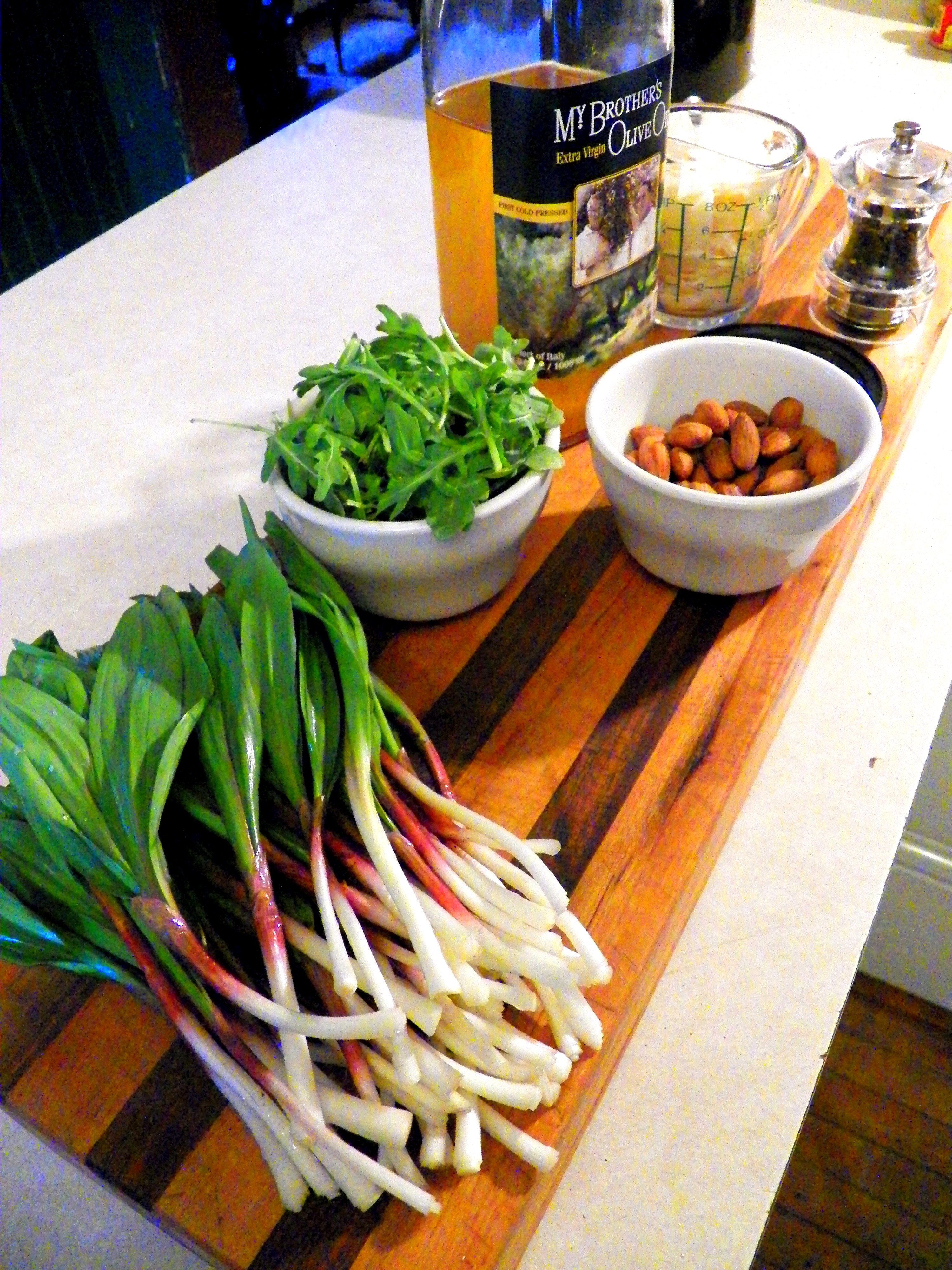 Ramp pesto ingredients, romaine and baby spinach I added later not shown.
Ramp pesto ingredients, romaine and baby spinach I added later not shown.
1. Toast the almonds in an oven at 400° for around 10 minutes. They smell oh-so-good! Roughly chop them up and pour into your food processor. Give it a few pulses to chop them even more.
2. Roughly chop the ramps, leaves and all. Add the chopped ramps, arugula, oil, cheese, salt and pepper to the processor. Pulse it until everything is well blended. You may want to add more oil until it gets to a consistency you like.
 Ramp & arugula pesto, ready to rock your taste buds.
Ramp & arugula pesto, ready to rock your taste buds.
That's pretty well it. Easy-peasy. But now here is where the adaptable nature of pesto comes in handy. I found that my initial recipe was far too pungent. I knew that Kim would find it too spicy and "hot" for her taste. So I grabbed a handful of baby spinach and three big leaves of romaine lettuce, tossed them into the processor and pulsed it to blend everything together. Perfect! The spinach and romaine mellowed it out quite nicely. The finished pesto looked fantastic, a beautiful vibrant green, and it had a spicy freshness that made spring seem even more spring-y.
Eager to use the ramp pesto right away, I whipped up a huge omelet with a row of canned diced tomatoes and a strip of the pesto spooned over them before folding the omelet over on itself. I cut the fat egg pie in half and plated one half for Kim and the other for me. It was incredible. I am not making this up--go ahead and ask her--Kim actually licked her plate clean. That's how good it was.
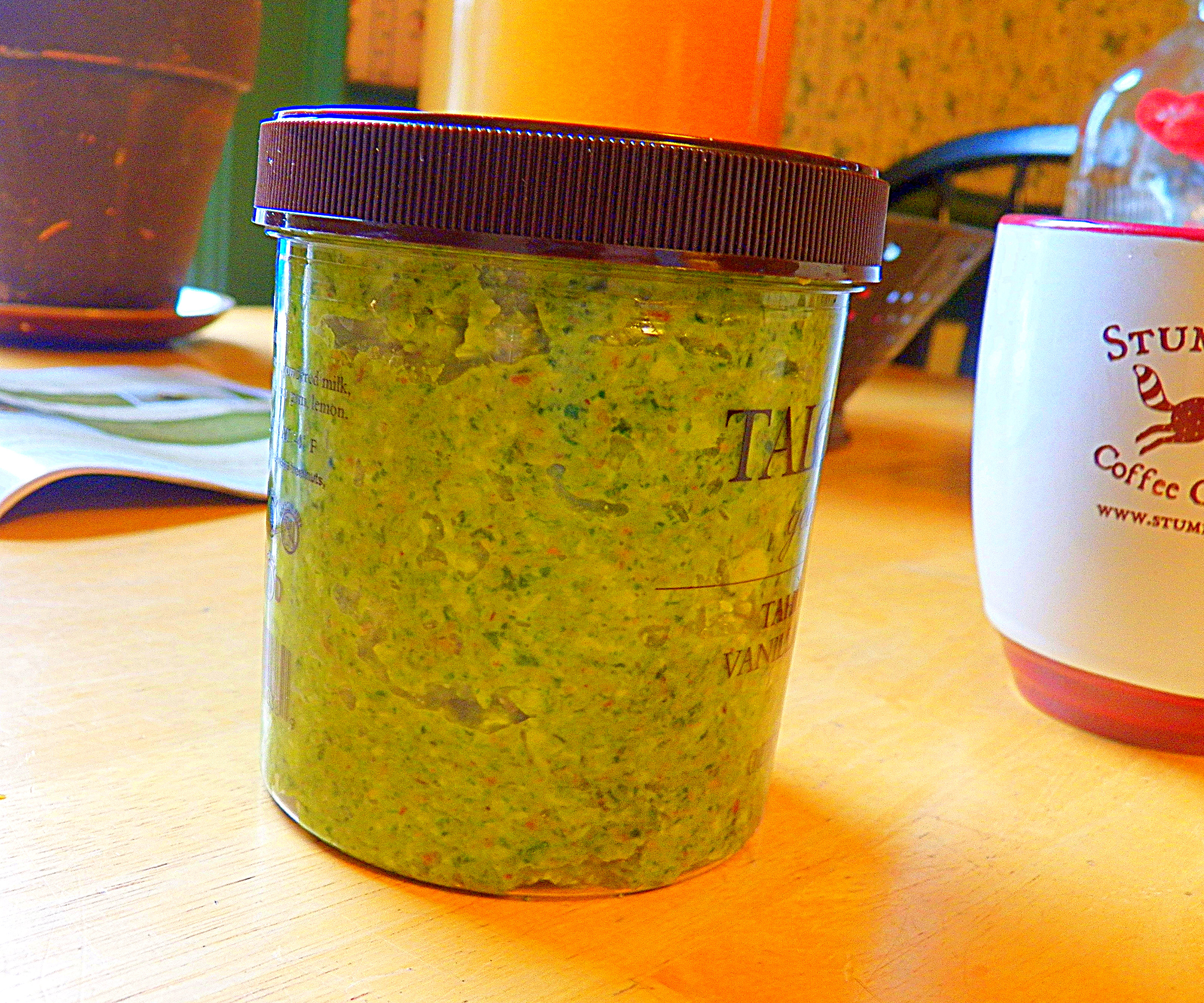 The pesto will stay fresh in your fridge for a month or so, if it lasts that long before you eat it all!
The pesto will stay fresh in your fridge for a month or so, if it lasts that long before you eat it all!
After we finished breakfast I jarred the remaining pesto into an empty gelato container and thought, "I would totally buy this if it was on a store shelf. Someone should make this stuff to sell." Someone like me! (Let me know if you would like a jar.)

